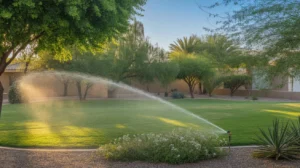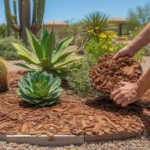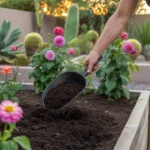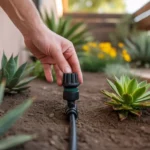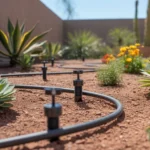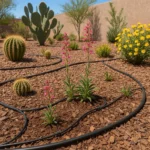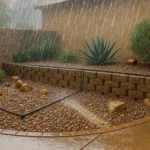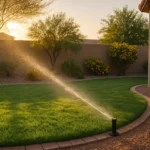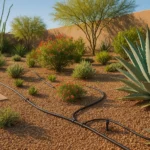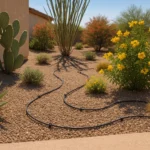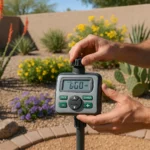As the weather warms up and plants start to bloom, it’s time for Chandler homeowners to take a fresh look at their irrigation schedules. Spring in the Valley of the Sun is a time of transition, with lengthening days, rising temperatures, and thirsty plants eager to grow. By making smart adjustments to your watering routine, you can help your landscape thrive while using water wisely.
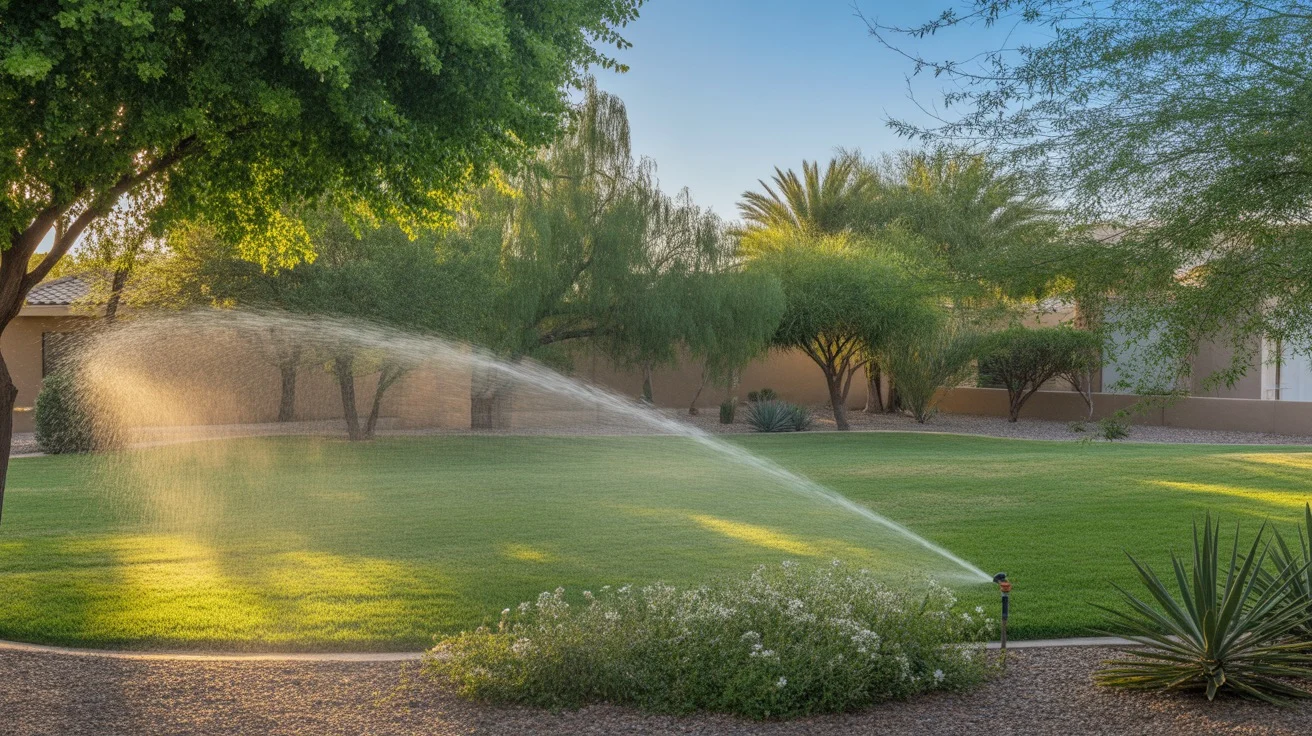
Understanding Chandler’s Early Spring Conditions
While the calendar may say spring, Chandler often experiences summer-like conditions by late March or early April. Daytime highs frequently climb into the 80s and 90s, while nighttime lows remain comfortably cool. This temperature swing is a signal that plants are beginning to photosynthesize more actively, but may not yet need deep, heavy irrigation.
As one Chandler irrigation specialist explains, “In early spring, plants are starting to wake up, but their water needs are still relatively low compared to the peak of summer. It’s a balancing act – you want to give them enough moisture to support healthy growth, but not so much that you’re wasting water or encouraging fungal issues.”
Pay attention to your plants and the weather forecast. If temperatures are mild and there’s still some residual moisture in the soil from winter rains, you may be able to hold off on increasing irrigation frequency just yet. Overwatering in spring can be just as detrimental as underwatering.
Evaluating Your Irrigation System After Winter
Before you ramp up your watering for the growing season, take time to assess your irrigation system thoroughly. Winter can be tough on sprinklers, drip lines, and valves, so it’s crucial to check for any damage or malfunctions before increasing your water usage.
Walk your property and look for signs of trouble like pooling water, broken sprinkler heads, or excessively dry patches in the landscaping. Inspect your drip emitters and make sure they’re flowing freely without any clogs or leaks. It’s also a good idea to run each zone manually and watch it in action to catch any less obvious problems.
“We always recommend a full system evaluation at the start of spring,” notes a Chandler landscaper. “Identifying and repairing issues early will save you water and money in the long run. Plus, it’s easier to fix things now before plants are stressed and struggling in the heat.”
Adjusting Watering Frequency and Duration
As spring progresses and temperatures climb, your plants will begin to need more water to support active growth and combat heat stress. However, it’s generally better to increase watering frequency before increasing duration, especially for desert-adapted plants.
Start by adding an extra watering day to your weekly schedule and see how your plants respond. If they still seem to be struggling or the soil is drying out completely between waterings, you can consider lengthening the runtime on your irrigation controller.
Keep in mind that different plants have different water needs. Shallow-rooted annuals and vegetables may need daily watering as things heat up, while established desert perennials can often get by on a couple deep waterings per week. Group plants with similar needs on the same irrigation valves so you can tailor the schedule accordingly.
Harnessing Spring Weather Patterns
Spring in Chandler brings a mix of warm, sunny days interspersed with occasional cool spells and even some lingering rain showers. While it may be tempting to set your irrigation schedule and forget it, you’ll see better results and lower water bills by adjusting your watering to work with the weather from week to week.
Keep an eye on the forecast, and don’t be afraid to skip an irrigation cycle if there’s rain on the horizon or a string of unusually cool days. Overcast, humid conditions slow down evaporation, so the soil may stay moist longer than you’d expect.
“One of the best investments you can make is a smart irrigation controller that factors in local weather data,” advises a Chandler water conservation specialist. “These controllers automatically adjust your watering schedule based on things like temperature, wind, and humidity. It takes the guesswork out of it and ensures you’re not overwatering on days when nature is lending a hand.”
Fine-Tuning Your Approach as Spring Turns to Summer
As spring gives way to summer and the days grow longer and hotter, plants kick into high gear and water needs increase accordingly. Keep a close eye on your landscape and be prepared to adjust your irrigation schedule as needed to maintain healthy growth without wasting water.
Consider incorporating water-saving strategies like mulching beds to reduce evaporation, using drip irrigation to target plant roots directly, and watering deeply but infrequently to encourage robust root development. By staying attentive and adapting your approach throughout the season, you can help your landscape sail smoothly into summer.
Dialing in an effective spring irrigation schedule takes a little trial and error, but it’s worth the effort. By matching your watering to Chandler’s seasonal conditions, you’ll be rewarded with healthier plants, lower water bills, and a landscape that can handle whatever the desert climate brings.

